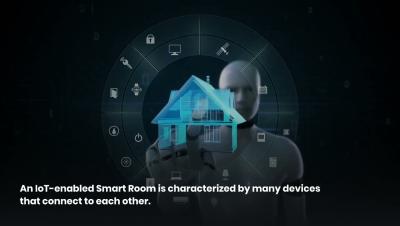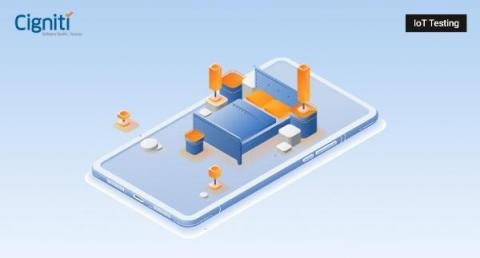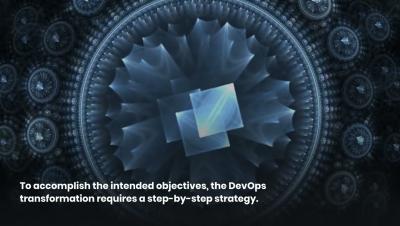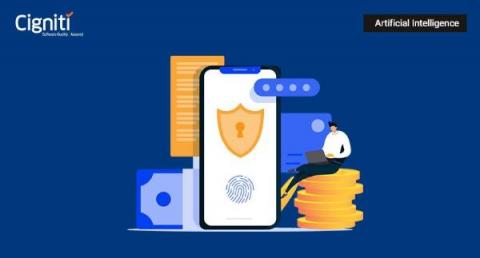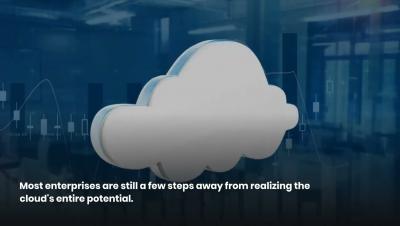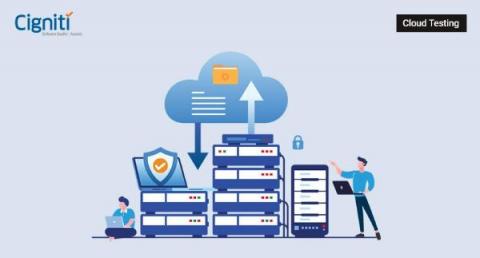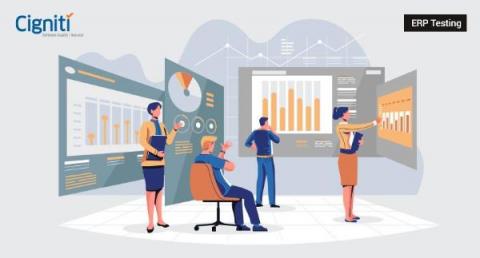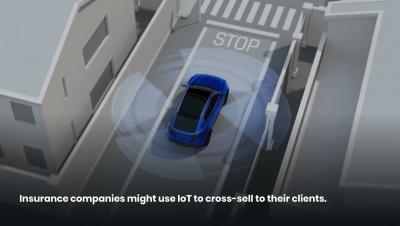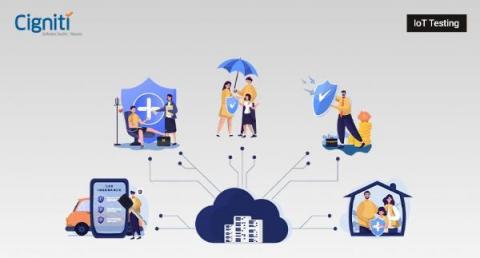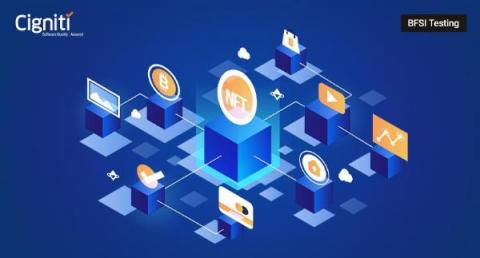Systems | Development | Analytics | API | Testing
May 2022
IoT in Hotel Tech-The Smart Room Transformation
You have just arrived at your favorite holiday destination and reached the hotel reception on a busy morning. It shouldn’t matter to you today if the hotel reception is crowded or there is no one available to help you with check-in. You will directly walk over to the self-service kiosk, enter your booking details, and scan your passport. The check-in process is completed in no time and you are provided with your room details. The kiosk even vends out your swipe card!
Best Practices and Business Benefits of DevOps Transformation
Best Practices and Business Benefits of DevOps Transformation
Every enterprise in today’s competitive environment is undergoing digital transformation. Businesses are attempting to improve their present IT infrastructure and techniques while welcoming new technologies and software development approaches to stay ahead of the competition. Enterprises’ ability to achieve all of this is highly dependent on their willingness to implement best practices for a successful DevOps transformation.
Shield Yourself Against Payment Frauds Using AI/ML Models
Shield Yourself Against Payment Frauds Using AI/ML Models
Scammers exist in all forms of commerce. With the advancement of e-commerce, fraud has taken on new forms and become more powerful than ever before. Fraudsters take full advantage of any loophole in any system. Preventing, detecting, and eliminating fraud is one of the major focus areas of the e-commerce and banking industries at present. Banks and other financial institutions are investing in new ways to meet the challenge of preventing fraud.
Cloud Migration Assurance - COTS Migration Challenges
Cloud Migration Assurance - COTS Migration Challenges
Assume you’re building a website, an application, or software, and you don’t want to build everything yourself for a variety of reasons – you’re short on time; you don’t want to code the tedious sections, and so on. So you have the choice of purchasing some elements of the software that you will use in it, such as the login, sign up, and other pages, and here comes the COTS-commercially –off –the –shelf software.
SAP Performance Testing - Breaking Down the Longer SAP GUI Response Times
5G - Myths vs Realities
SAP Performance Testing - Breaking Down the Longer SAP GUI Response Times
SAP offers one of the best ERP solutions for enterprise business critical operations. The success of these business operations depends on the reliability of the SAP deployment. Though the SAP solutions are perhaps thoroughly tested, rigorous performance testing is needed to understand the operations behavior of SAP under heavy loads.
5G - Myths vs Realities
“5G is coming! I saw the commercial!” “No, 5G is already here. Didn’t you see the other commercial?” “Yes, but I don’t have 5G, do you?” “Yes, I have had it for the last year. Well, I think I have. What is 5G anyway?” Have we ever seen anything so overhyped yet, at the same time, so misunderstood? Has there ever been a major technical advancement, that at the same time is already here, yet seemingly so far off in the future?
Propelling into the Digital Orbit: Cigniti's Digital Journey and Insights into our Acquisition of Aparaa Digital (RoundSqr)
Successful companies are those that are becoming Digital First. Research shows operating models, EBIDTA margins, market share and brand longevity are all tied to Digital experiences that companies can offer to their end customers. No vertical segment is exception to this. Digital today is a dialogue that confluences a cross section of CXOs inside a company whose goals are tied to Digital outcomes that they own and deliver. As Marc Anderseen famously said, Software is eating the world.
How IoT is Revolutionizing the Insurance Sector: Use Cases and Benefits
How IoT is Revolutionizing the Insurance Sector: Use Cases and Benefits
Traditional businesses are projected to be disrupted and revolutionized at an unprecedented rate as the Internet of Things (IoT) emerges. These new technologies have the potential to benefit the insurance business, which has been hesitant to adapt in the past. Before we get into how the Internet of Things will affect insurance, let’s define what we mean by “IoT” in this context.
Krishnan Venkatachary, CFO at Cigniti Technologies interview to CNBC TV18 [5 May 2022]
Krishnan Venkatachary, CFO at Cigniti Technologies interview with CNBC Bajar [5 May 2022]
How Blockchain is Solving the Pain Points in the Payments Sector
How Blockchain is Solving the Pain Points in the Payments Sector
Digital security has always been an issue for payment organizations and their customers. Transparent and immediate payment is the basic need. To enhance and popularize digital payments and be more customer-focused, payments need to be made easy, fast, and highly secure. Blockchain technology has come up with the solution which addresses the payment security needs, transaction transparency and boosts the overall efficiency of financial transactions.


